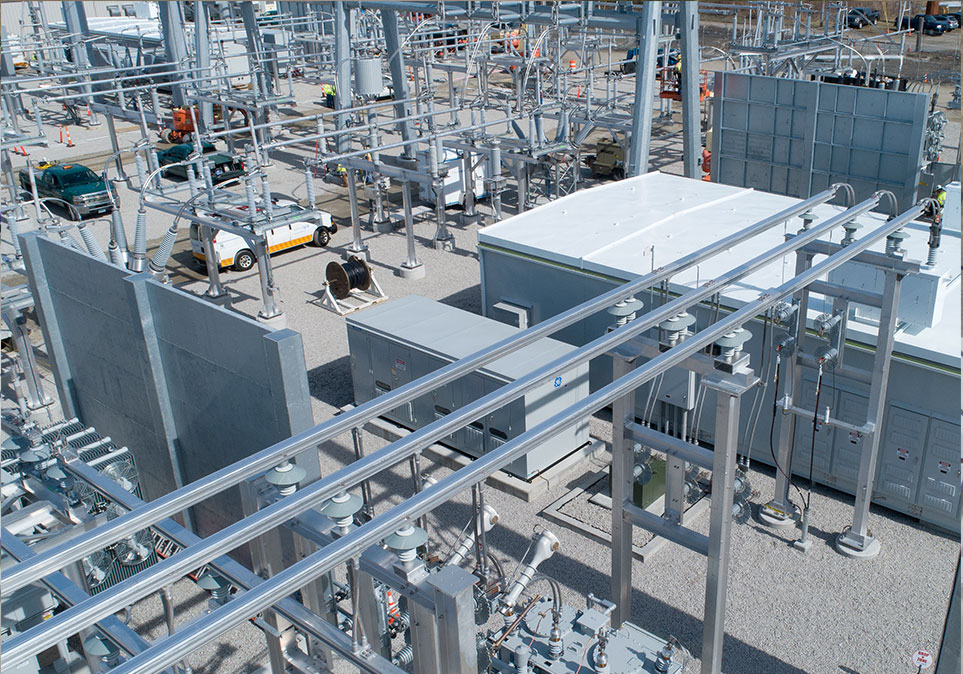Suppose you’ve been searching for ways to protect your building and facilities from the spread of smoke and fire in the event of a fire outbreak. Ballistic barriers provide fire resistance through compartmentation. This method involves using fire partitions, firewalls, fire barriers, and smoke barriers to slow down the spread of smoke and fire.
Fire often starts small and gradually grows and spreads. Since fire feeds on readily available air combustible materials, stopping its quick spread is always an uphill or even near-impossible task in some cases. However, by classifying a building, you can curb the spread of fire from one end of the building and give enough escape time to the residents of the building.
Understanding Ballistic Barriers
Ballistic barriers offer several forms of protection, such as fire protection, bulletproof, and more. A ballistic barrier can be indoors, transparent hall partitions, and walls. Aside from withstanding intense fire and heat, a typical bulletproof ballistic barrier should be able to hold several rounds of bullets without penetrating onto the other side of the barrier. You can use them in banks, homes, and private and government facilities. It offers protection to human life’s in case of criminal attacks.
Most people know that limiting oxygen circulation can put out a fire. However, doing this in real life isn’t always easy or feasible, especially if people are trapped in the building, even if you can block out oxygen or air from entering the building. How will those trapped inside the building breathe or even escape? This is where the ballistic barrier comes into play.
With the aid of a well-constructed ballistic barrier serving as a physical fire barrier, the fire will be trapped part of the building or facilities. In general, buildings or facilities have several boundaries; floors, ceilings, walls, and many more. They can install the ballistic barriers into these boundaries of the building.
Typically, when installing ballistic barriers for fire protection, they will consider the weakest part of the building. Ballistic barriers installed in horizontal boundaries (ceilings, floors, and protective membranes) and the vertical boundaries (partitions, walls, and membranes) will serve as the initial fire protection before external fire fighting procedures begin.
Assembly Types of Ballistic Fire Barriers and How They Work
Ballistic barriers for fire resistance have four major assembly types; firewall, fire barrier, fire partitions, and smoke barriers.
- Firewalls
Firewalls are the most restrictive form of fire-resistant ballistic barriers as they provide fire resistance from the exterior part of the building. Also, firewalls offer high-level structural integrity, fire safety, and continuity. They keep fire trapped in the originating compartment of the building. Firewalls can trap fire for several hours, depending on the firewall resistance level. They can hold the fire intact for two to four hours. Firewalls are installed into the horizontal (Exterior walls) and vertical boundaries (ground floor to roof deck). Firewalls are robust and remain standing even when the building collapses.
- Fire Partitions
Fire partitions are mainly used for separating tenants units in shopping malls and residential apartments. They’re also used in the construction of corridor walls. They serve a similar purpose as firewalls; they can run from roof deck to floor slab. Fire partitions effectively reduce fire spread in malls, residential apartments, and other facilities. It provides more time to escape from fire outbreaks.
- Fire Barriers
Fire barriers serve numerous purposes such as; enclosing exits, separating dangerous material, separating apartments, enclosing shafts, protecting incidental areas, and many more. They are installed to vertical boundaries, preventing the spread of fire. Their fire resistance capacity ranges between one to four hours. Although fire barriers offer a high level of fire protection, they don’t provide solid structural support like fire partitions and firewalls.
- Smoke Barriers
Smoke barriers are built to curb the spread of smoke during fire outbreaks. They can hold off smoke for up to one hour and allow building occupants to escape. When a building is on fire, the smoke barriers prevent smoke from entering exit paths allowing people to see the exit paths.
Types Of Ballistic Barriers For Companies
Several companies, such as oil companies and electric distribution companies, can protect their facilities from fire outbreaks with the help of ballistic barriers.
The following are some of the ballistic barriers that offer protection to companies.
- Transformer Fire Barrier
Electrical grids are prone to transformer fire outbreaks. The fire spreads quickly to the surrounding buildings, facilities, and other transformers, and a Transformer Fire Barrier keeps the fire intact in the outbreak area. It can resist fire for 5 to 6 hours, allowing enough time for evacuating people and properties.
- Acoustic and Fire Barrier
Acoustic and fire protection barriers are used for exterior fire resistance. They have moisture, fire, impact, and blast protection.
- Fire and Blast Separation Ballistic Barrier
You can use this on oil plants, gas processing companies, and hazardous chemical plants. They help protect lives and properties.
Categories of Fire Partitions
Fire partitions are categorized into vertical and horizontal partitions.
- Vertical Fire Partitions
Vertical partitions are non-load-bearing (no protective) walls made of concrete, shaft, or sandwich partitions. Sometimes vertical partitions require wall upgrades to become vertical fire partitions. If the walls meet the standard local fire resistance ratings, you can use the existing walls. Vertical partitions are built to give room for wall deformation during fire outbreaks.
Horizontal Fire Partitions
Horizontal fire partitions offer protection from above and below. They protect the following areas.
- Ceiling membranes or independent ceiling
- Low combustible ceilings or incombustible ceilings
- Suspended ceilings; the ceilings that contribute to the fire-resistance of protective systems
- Ceilings that are part of fire-rated roof constructions (with or without cavities).
Installing a fire barrier is one of the surest ways you can protect your investments from the effects of a fire outbreak. If you are serious about protecting your property from fire outbreaks, you should reach out to us for advice on effectively doing that. You can visit our website here https://firebarrierexperts.com/ to get started.
Sinisi Solutions
75 Main St, Manasquan, NJ 08736
732-232-2100




